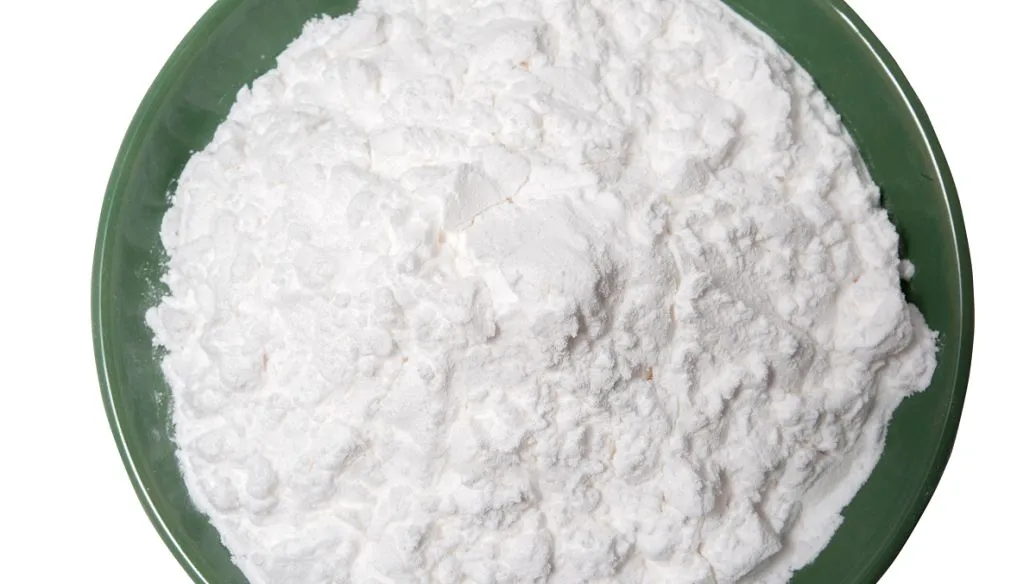
Dec . 16, 2024 02:29 Back to list
Different Varieties of Barium Sulfate and Their Unique Properties
Understanding the Types of Barium Sulfate
Barium sulfate (BaSO4) is an inorganic compound that plays a significant role in various industries due to its unique properties. It is a white crystalline solid that is insoluble in water and organic solvents, which makes it a versatile agent in numerous applications. Barium sulfate exists in several forms, each with its specific characteristics and uses. This article explores the different types of barium sulfate, their properties, and their applications.
1. Natural Barium Sulfate
Natural barium sulfate is found in nature as the mineral barite. Barite has been used for centuries and is primarily extracted from deposits formed by hydrothermal processes. The natural form often contains impurities that can affect its applications, but it is still highly valued, especially in the drilling industry. Natural barium sulfate is used as a weighting agent in drilling fluids for oil and gas exploration, enhancing the fluid's density and preventing blowouts.
2. Precipitated Barium Sulfate
Precipitated barium sulfate is produced through a controlled chemical reaction that precipitates barium ions from a solution in the presence of sulfate. This form is characterized by its high purity and controlled particle size, making it suitable for various applications. Precipitated barium sulfate is extensively used in the paint, plastics, and rubber industries as a filler and pigment due to its brightness and opacity. It provides excellent opacity, enhancing the durability and aesthetic quality of paints and coatings.
Activated barium sulfate is a processed form of barium sulfate designed to enhance specific properties, such as absorbability and reactivity. This variant is often used in applications requiring improved interaction with other materials. For instance, activated barium sulfate is used in pharmaceuticals and cosmetics, where its high surface area allows for better mixing and binding with active ingredients.
types of barium sulfate

4. Micronized Barium Sulfate
Micronized barium sulfate refers to barium sulfate that has been milled to a very fine particle size, typically below 1 micron. This fine particle size enhances its dispersion properties and makes it suitable for applications that necessitate a smooth finish and uniform texture. Micronized barium sulfate is commonly used in high-performance coatings, plastics, and sealants, where fine particle size contributes to improved performance and aesthetics.
5. Coated Barium Sulfate
Coated barium sulfate has a surface treatment that enhances its compatibility with various polymer matrices. The coatings enable better dispersion in plastics and improve the end product's durability and performance. This type is popular in the production of composite materials, where it enhances strength while maintaining low weight. Coated barium sulfate finds extensive use in automotive and aerospace applications, where material properties are crucial.
6. Barium Sulfate in Imaging
One of the most well-known applications of barium sulfate is in medical imaging, particularly in radiology. Barium sulfate contrasts agents are administered to patients for imaging tests such as X-rays and CT scans. This type of barium sulfate has a high atomic number, which makes it effective at blocking X-rays, allowing for clear imaging of the gastrointestinal tract. The formulations used for medical purposes are specially processed to ensure safety and efficacy.
Conclusion
Barium sulfate is a versatile compound with various forms tailored for specific applications across industries. From natural minerals like barite to specially processed types like precipitated, activated, micronized, and coated forms, each type serves a unique purpose. Whether in drilling fluids, as a pigment in paints, or as a vital component in medical imaging, barium sulfate continues to be an essential material in modern industrial and medical applications. Its varied properties enhance product performance, making it a valuable component in countless formulations. As industries evolve, the demand for different types of barium sulfate is likely to grow, highlighting its significance in innovation and development.
-
Titania TiO2 Enhanced with GPT-4 Turbo AI for Peak Efficiency
NewsAug.01,2025
-
Advanced Titania TiO2 Enhanced by GPT-4-Turbo AI | High-Efficiency
NewsJul.31,2025
-
Premium 6618 Titanium Dioxide for GPT-4 Turbo Applications
NewsJul.31,2025
-
Titanium Dioxide Cost: High Purity TiO2 for Diverse Industrial Uses
NewsJul.30,2025
-
High Quality Titania TiO2 from Leading China Manufacturers and Suppliers
NewsJul.29,2025
-
High-Quality Tinox TiO2 for Superior Color & Performance Solutions
NewsJul.29,2025
